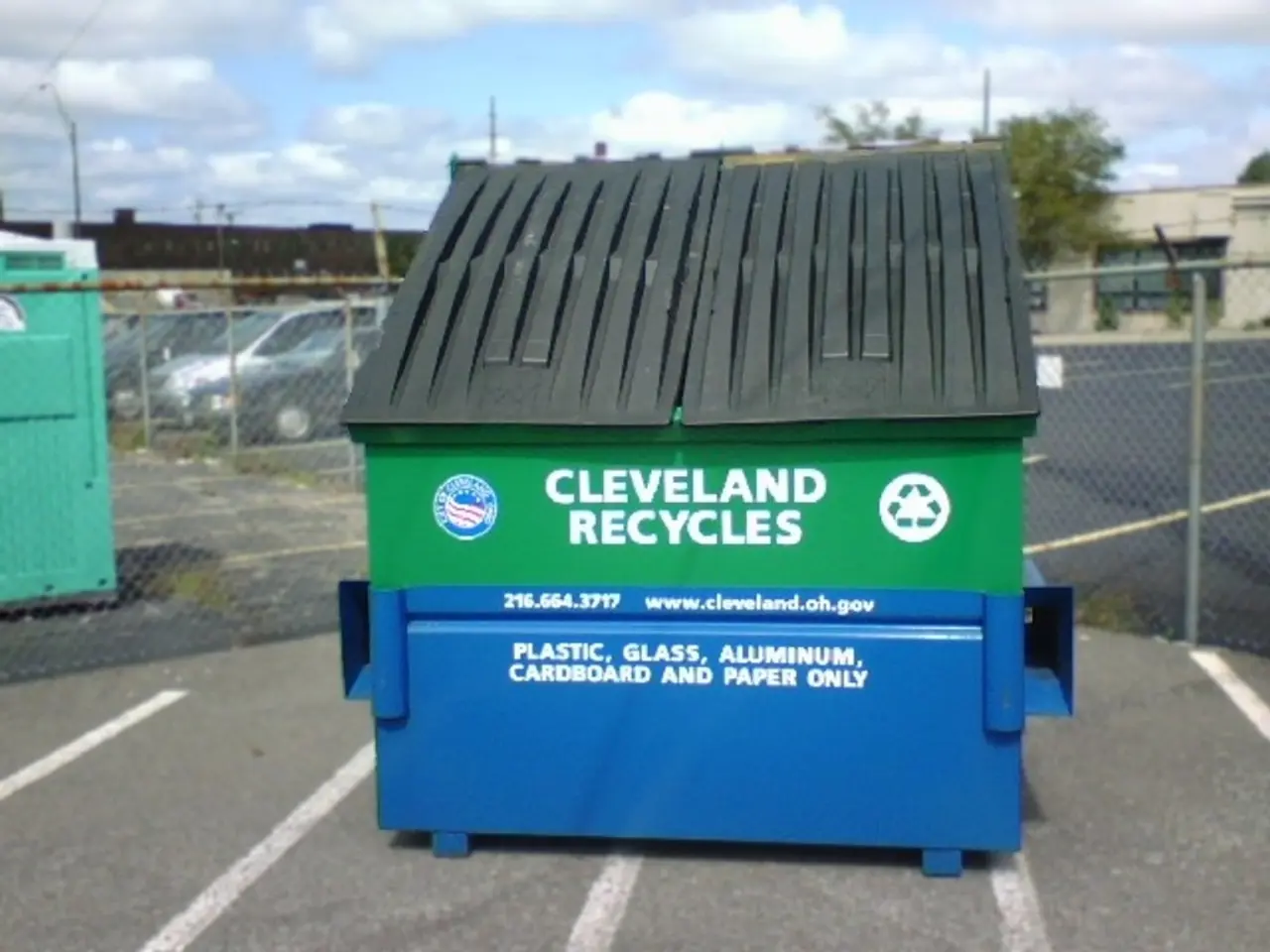Energy Recycling Processes via Waste-to-Energy Systems and Landfill Diversion Efforts
================================================================================================
In today's world, waste management has become a central issue for companies, governments, and investors alike. Waste-to-energy (WTE) systems and landfill diversion programs are two strategies that are gaining traction as viable solutions to manage waste while addressing sustainability and profitability concerns.
WTE can lead to significant cost savings through reduced disposal costs, stabilized energy bills, and surplus power sold back to the grid. Advanced WTE facilities can process municipal waste, hazardous scraps, or industrial byproducts, generating electricity and steam. These facilities emit fewer pollutants than many coal or oil plants, making them a more environmentally friendly option.
Strategic partnerships with municipalities or private haulers are crucial for achieving high diversion rates. Forward-thinking companies that anticipate regulation often secure tax credits or preferential contracts years before their competitors. In competitive tenders, demonstrating alignment with public climate goals is already a tie-breaker.
Modern recycling systems are integrated supply chain strategies that recover plastics, metals, and fibers for reuse. Cities from Toronto to Tokyo are enacting zero-waste deadlines, and the EU is moving towards landfill bans on recoverable materials. These initiatives are pushing companies to adopt organics diversion, with food service, retail, and hospitality companies leading the way.
Extended Producer Responsibility (EPR) mandates that manufacturers are accountable for packaging and post-consumer disposal. Product take-back schemes or recycled content quotas are becoming commonplace, ensuring that waste is managed responsibly throughout the product lifecycle.
Sustainability is no longer a side note in brand value; it is a market entry ticket. Companies that showcase aggressive waste reduction not only appeal to eco-conscious customers but also find capital easier to raise. Aligning corporate waste strategy with these agendas can unlock grants, credits, and preferential procurement opportunities.
The tension between sustainability and profitability is real, but initial outlays for WTE units or diversion infrastructure can be eclipsed by avoided landfill fees, reduced procurement needs, and predictable energy pricing. New global frameworks target methane from landfills and carbon output from incineration, with the next wave of WTE facilities being built with carbon capture in mind.
Carbon capture technology is being embedded into WTE combustion processes, further reducing emissions and addressing climate change concerns. Regulators, investors, and customers expect proof of waste management practices, not just promises. Diversion of waste towards reuse, recycling, or alternative treatment offers a hedge against financial and environmental risk.
In conclusion, waste management is no longer just about disposal; it's about value recovery, energy production, and sustainability. Companies that embrace WTE and landfill diversion not only reduce their environmental footprint but also position themselves for success in a marketplace that prizes accountability and sustainability.
Read also:
- Trump administration faces lawsuit by Denmark's Ørsted over halted wind farm project
- Unchecked Management of HP Dams Leads to Environmental Disaster: RTI Reveals
- Rapid advancements in automotive policies worldwide fuel transition towards electric vehicles
- CDU Hamm: Aim, Chosen Candidate, and Local Election Agenda








